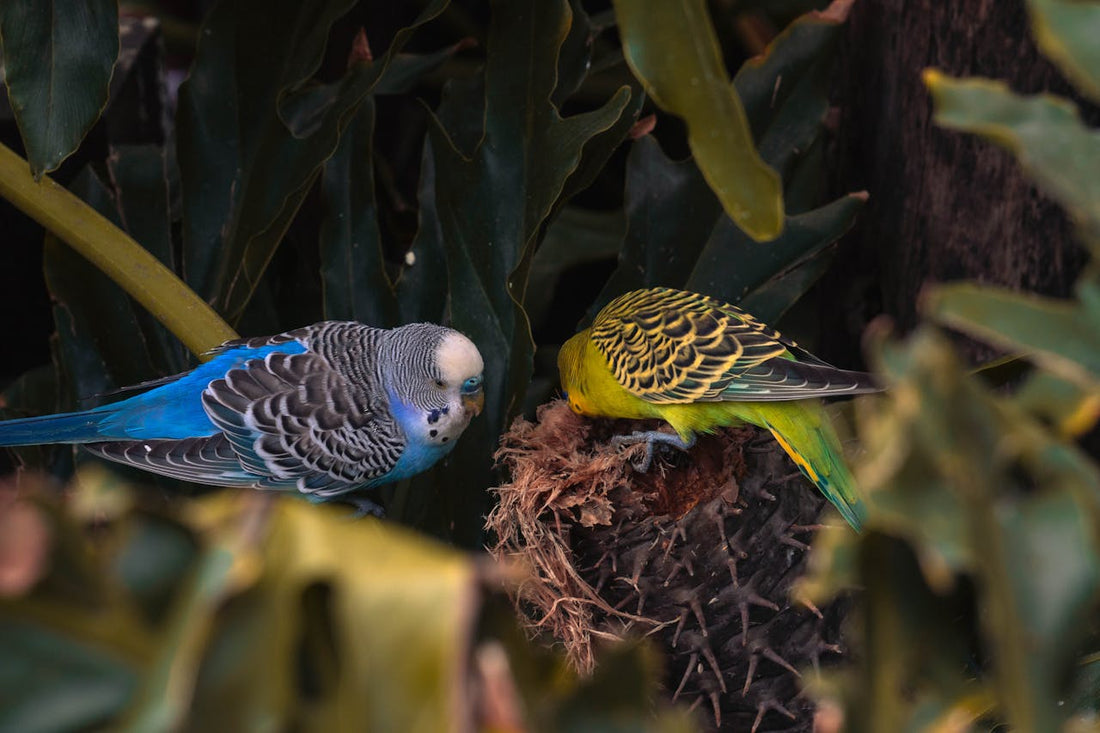Creating a Safe, Cozy Nest for Your Pet Bird

Birds make delightful companions, but they require a special environment to thrive. As a responsible pet owner, it's crucial to create a safe and cozy nest for your feathered friend. In this article, we'll explore the essential elements of a perfect bird nest and how to ensure your pet bird feels secure and comfortable in their home.
Why a Cozy Nest is Important
A cozy nest provides your bird with a sense of security and a place to rest and retreat. Birds are naturally instinctive creatures, and a well-designed nest helps to mimic their natural habitat. This environment promotes emotional well-being, reduces stress, and encourages healthy behaviors, including breeding and socializing.
Key Elements of a Safe and Cozy Nest
1. Choose the Right Cage
The foundation of your bird's cozy nest begins with the right cage. Here are some tips for selecting the ideal cage:
- Size: Ensure the cage is spacious enough for your bird to spread its wings and move around comfortably. A larger cage will also allow for more toys and perches.
- Material: Opt for cages made from non-toxic materials, such as stainless steel or powder-coated metal. Avoid cages with toxic paints or finishes.
- Bar Spacing: Choose a cage with bar spacing appropriate for your bird's size to prevent escapes or injuries.
2. Comfortable Bedding
Bedding is essential for creating a warm and inviting nest. Here are a few options:
- Paper-based Bedding: Non-toxic paper bedding is absorbent, easy to clean, and provides comfort.
- Aspen Shavings: These are safe and comfortable for birds that like to burrow. Avoid cedar or pine shavings, as they can be harmful.
- Natural Nesting Material: If your bird species naturally nests in grass or twigs, consider adding shredded coconut fiber, hay, or soft natural fibers.
3. Nest Box or Nesting Material
For birds that enjoy nesting, providing a nest box or appropriate nesting material is vital. Here’s what to consider:
- Nest Box: If you have a breeding pair, a suitable nest box can encourage natural nesting behavior. Ensure it's the right size for your species and easy to access for cleaning.
- Nesting Material: Supply soft, natural materials such as dried grass, shredded paper, or cotton. Avoid synthetic materials that can pose choking hazards.
4. Perches and Play Areas
Your bird's cage should include a variety of perches at different heights. Here’s how to arrange them:
- Natural Wood Perches: Use perches made from untreated branches (such as manzanita) to provide a comfortable surface for their feet.
- Variety in Thickness: Different thicknesses promote healthy foot exercise and reduce the risk of foot problems.
- Play Areas: Incorporate toys and swings to encourage play and mental stimulation. This can include foraging toys that mimic natural behaviors.
5. Temperature and Humidity Control
Birds are sensitive to their environment, so maintaining the right temperature and humidity is crucial.
- Avoid Drafts: Position the cage away from drafty windows or doors to prevent chills.
- Ideal Temperature: Most pet birds thrive in temperatures between 65°F and 80°F (18°C - 27°C). Use a thermometer to monitor the temperature.
- Humidity Levels: Ensure the humidity level stays around 40-60%. Consider a humidifier if your home is too dry, especially in winter.
6. Regular Cleaning
A clean environment is vital for your bird's health.
- Daily Spot Cleaning: Remove soiled bedding, leftover food, and droppings daily.
- Deep Cleaning: Once a week, do a thorough cleaning of the cage, including washing toys, perches, and the cage itself with bird-safe cleaners.
Conclusion
Creating a safe, cozy nest for your pet bird is essential for their overall health and happiness. By selecting the right cage, providing comfortable bedding and nesting materials, and maintaining a clean and safe environment, you’ll ensure your feathered friend feels secure and loved. If you’re looking for supplies to set up the perfect nest, visit Petzie & Milo for a wide selection of bird cages, bedding, toys, and more!
